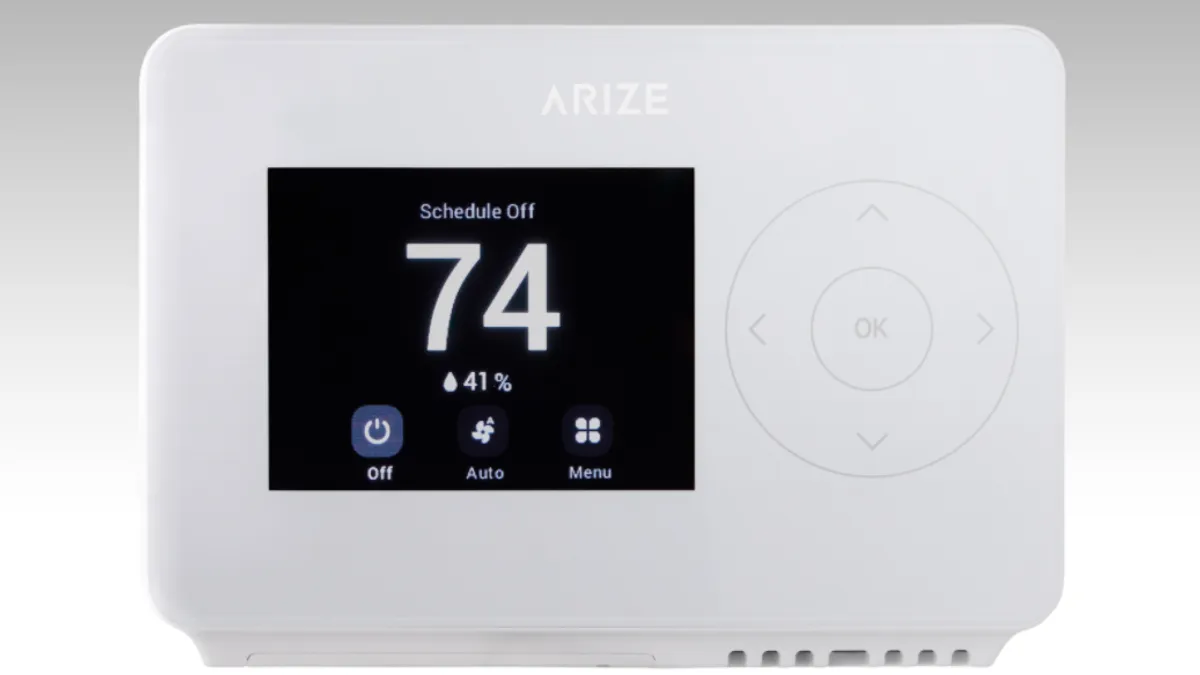Rising energy prices and the potential for extended heat waves will push more homeowners to install smart thermostats this year, but overall sluggish adoption leaves "a substantive energy conservation opportunity untapped at the macro level,” according to Kagan, the media research unit of S&P Global Market Intelligence.
Analysts say 19.6 million smart thermostats were installed in the U.S. at the end of last year, helping the country to consume 1.4% less energy on space heating and cooling than it otherwise would have. Installed smart thermostats are expected to reach 38.3 million in 2026, Kagan predicted, potentially saving the U.S. 15.5 TWh of electricity.
Despite their number potentially almost doubling in the next five years, Kagan said smart thermostats will still be installed in less than a third of homes equipped with broadband internet by the end of 2026. But their full savings potential is significant.
If smart thermostats were installed in every home with an HVAC system by the end of the forecast, Kagan estimated they could cut annual space heating and cooling energy consumption by 9%, or 45.4 TWh a year.
And as the technology spreads, it will also improve, the research group noted. Kagan’s model assumes potential electricity savings per smart thermostat “will rise to 11% over the forecast as the tech becomes more mature and user literacy grows,” it said.
The American Council for an Energy-Efficient Economy in 2018 pegged the potential savings of HVAC-connected smart thermostats at up to 10%.
While smart thermostats can help to reduce energy usage, there are some concerns that they could also lead to higher peak demand in some instances.
The control algorithms smart thermostats use “can severely increase the winter peak heating demand through load synchronization,” according to a paper by Cornell University researchers that’s expected to be published in Applied Energy in September. The solution, they say, is aggressive improvement to the energy efficiency and thermal envelopes of buildings to reduce demand.













